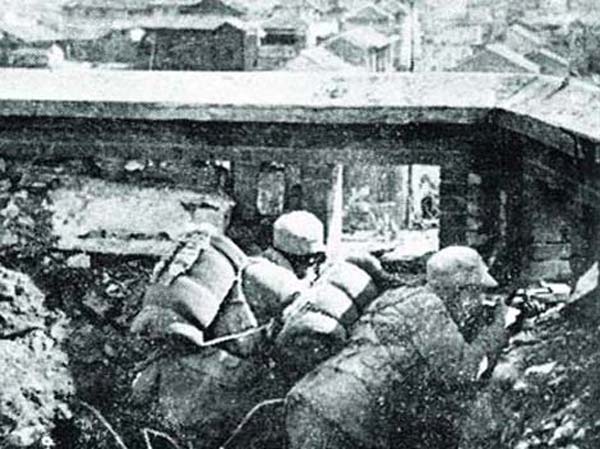 The city of Changsha, the capital of Hunan, has seen its share of battles. As an integral commercial center, it has also long been a target for those that wish to capitalize off of its successes and weaken the Chinese government. During the Sino-Japanese War, Japan made several attempts to capture the city of Changsha. From September 17 – October 6, 1939, one such attack took place.
The city of Changsha, the capital of Hunan, has seen its share of battles. As an integral commercial center, it has also long been a target for those that wish to capitalize off of its successes and weaken the Chinese government. During the Sino-Japanese War, Japan made several attempts to capture the city of Changsha. From September 17 – October 6, 1939, one such attack took place.
Background
The Second Sino-Japanese War began in 1937. As the countries of China and Japan raged multiple attacks against each other, the most populous of cities in China prepared themselves for battle. The cities of Shanghai, Beijing and Changsha were high on the list of places the Japanese wished to conquer. The ensuing war was a direct result of the economic imbalance and imperialist views of the Japanese government. They wished to dominate the Chinese and all of the China’s economic resources.
In addition, China’s abundant supply of raw materials, labor and crops made it a favorable country to try and secure. Japan also wanted to restore the country’s morale after being defeated by the Soviet Union and feeling betrayed by the county of Germany. In the years prior to the war, China and Japan mainly engaged in short, intermittent engagements that took place in small village towns. In was not until the Marco Polo Bridge Incident that the true war began between Japan and China.
1937 – 1939
In 1937, the city of Shanghai experienced defeat as the Japanese claimed a victory over the city. As the battles continued, Japan continued their success by capturing the city of Nanking. Located in a major economic region for China, losing control over Nanking to the Japanese was a huge blow. The Japanese forces forged on as the Imperialist Army attempted to capture the very important city of Wuhan. After Nanking, Wuhan’s value increased greatly because of the political, economic and military components that the city now housed. The Chinese were dead set on protecting the city, but unsuccessful against putting a halt to the Japanese Army. This led the Chinese government to move further into the interior and relocate to Chongqing. Feeling confident about all of their successes, the Japanese Army moved onto Changsha. To their surprise, the Chinese forces were able to surround and defeat them in a battle that was hard-fought and that experienced thousands of casualties.
The Battle of Changsha that occurred in 1939 is said by many to be the start of a series of battles that would happen between the two countries. Even though the Chinese forces were able to hold back the Imperialist Japanese Army in 1939, the Japanese would be back on two more occasions. Changsha was the first major city not to be defeated by the Japanese, but they would also have to defend themselves in brutal attacks that occurred in 1941 and again in 1944. The combined battles would lead to the deaths of over 67,000 soldiers for the Chinese and 25,000 soldiers for the Japanese. It took more than 5 years and several attempts for Changsha to break down the Japanese strong hold and regain control.